POPULATION
5.894.000
CURRENCY
SAUDI RIYAL
TIMEZONE
GMT +3:00
LANGUAGE
ARABIC
WEATHER
JULY 36ºC /
JANUARY 23ºC
AIRPORTS
King Abdulaziz International Airport
HISTORICAL IMPORTANCE OF MECCA
Mecca holds profound historical significance primarily due to its role as the birthplace of the Prophet Muhammad, the founder of Islam, and as the site of the Kaaba, Islam's most sacred sanctuary. For Muslims worldwide, Mecca is the focal point of their faith, serving as the destination for the annual Hajj pilgrimage, one of the Five Pillars of Islam. The city's religious importance dates back centuries, long before Islam, as a center of trade and religious pilgrimage. Its strategic location on the trade routes of the Arabian Peninsula contributed to its economic and cultural influence in the region. Today, Mecca remains a symbol of unity for Muslims worldwide, encapsulating both spiritual devotion and historical continuity.
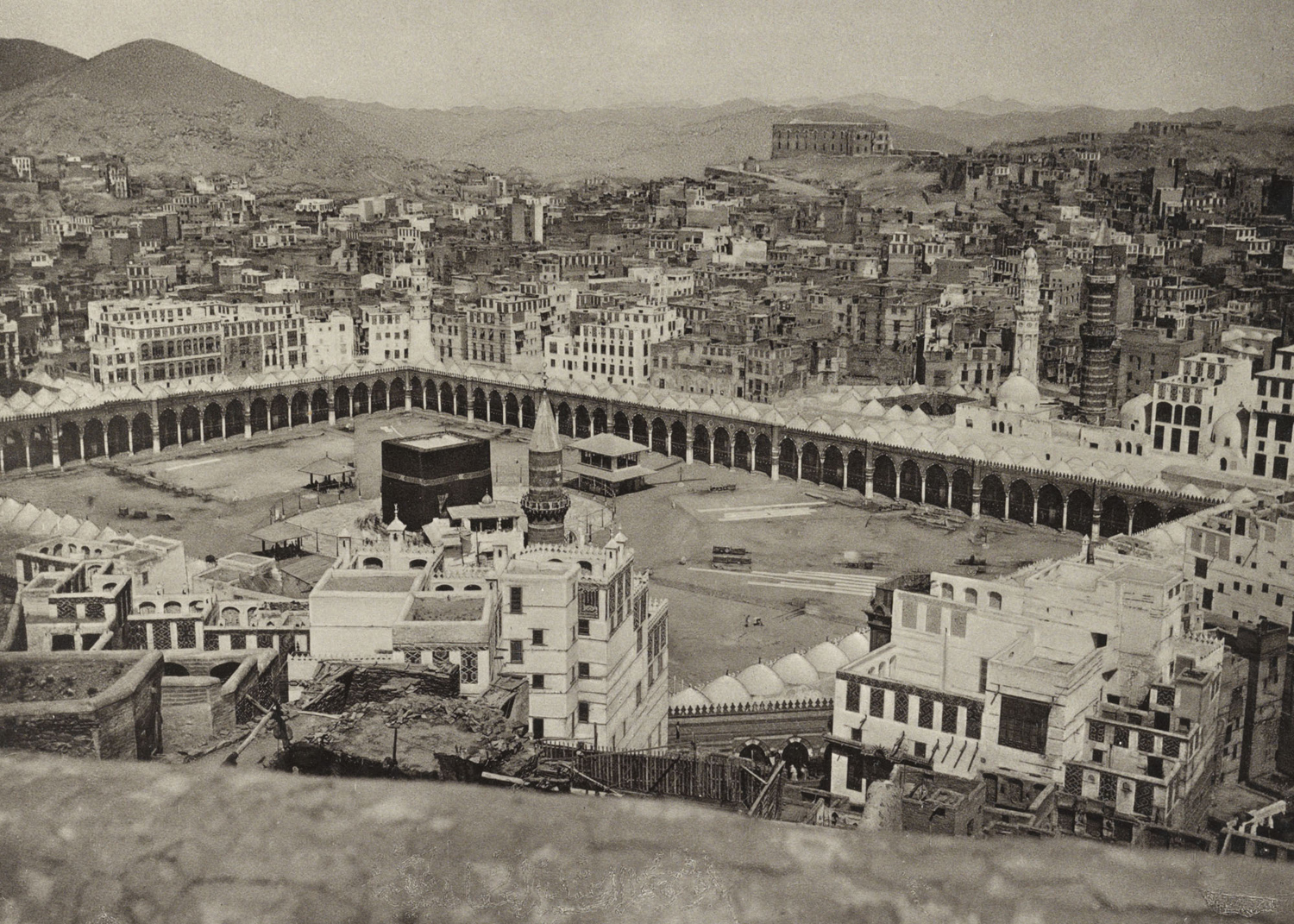
BIRTHPLACE OF PROPHET MUHAMMAD AND QURAN
Mecca holds profound historical significance as the birthplace of the Prophet Muhammad, who is considered the founder of Islam. Muhammad was born in Mecca around the year 570 CE into the prominent Quraysh tribe. His birth in Mecca, at the time a bustling center of trade and religious pilgrimage, marked the beginning of a transformative era in Arabian Peninsula history. It was in Mecca that Muhammad received his first revelations from God through the Angel Gabriel, which would eventually form the Quran, Islam's holy scripture. The Kaaba, located in Mecca, was the focal point of early Islamic worship and pilgrimage, and Muhammad's teachings and actions during his life in Mecca laid the foundations for the monotheistic faith that would spread across the Arabian Peninsula and beyond. Today, Mecca remains the spiritual center of Islam and continues to attract millions of pilgrims annually who come to perform the Hajj pilgrimage and pay homage to the birthplace of their prophet.
THE BEST TIME TO VISIT MECCA
The best time to visit Mecca largely depends on the intention of the visit. For Muslims intending to perform the Hajj pilgrimage, the optimal time is during the Islamic month of Dhu al-Hijjah, specifically the days leading up to and including the Hajj rituals, culminating in Eid al-Adha. This period typically falls in the months of July and August according to the Gregorian calendar. For Umrah pilgrims and visitors interested in experiencing Mecca outside of Hajj season, the months of Ramadan and the weeks following Eid al-Fitr are popular. During these times, the city is bustling with spiritual activities, and the weather is generally warm to hot, which is manageable for outdoor rituals and prayers. It's important to check the specific Islamic calendar and plan well in advance due to the high demand for accommodations and services during peak pilgrimage seasons.
TRANSPORTATION TO MECCA
Transportation to Mecca is facilitated primarily by air, with the city being served by the King Abdulaziz International Airport (JED) in Jeddah, which is approximately 70 kilometers from Mecca. This airport is the main gateway for pilgrims and visitors arriving from international destinations. From the airport, travelers can take taxis, private shuttles, or buses to Mecca. Within Saudi Arabia, there are also domestic flights connecting major cities like Riyadh and Medina to Jeddah, providing additional options for travelers. During the Hajj and Umrah seasons, special transportation arrangements, such as dedicated bus services, are often in place to facilitate the movement of pilgrims between Mecca, Medina, and other pilgrimage sites.
NON-MUSLIMS ARE FORBIDDEN
Mecca, the holiest city in Islam, is considered forbidden for non-Muslims to enter. This restriction stems from religious and historical reasons deeply rooted in Islamic tradition. According to Islamic belief, only Muslims who have embraced the faith are allowed to enter the city and perform the pilgrimage rituals, particularly the Hajj and Umrah. This exclusivity is intended to preserve the sanctity and purity of the holy sites within Mecca, including the Kaaba and the Masjid al-Haram (Grand Mosque). The prohibition is also historically based on agreements and practices established by early Islamic leaders and scholars, ensuring that Mecca remains a sacred space dedicated solely to Muslim worship and spiritual devotion. This policy underscores the city's significance as the heart of Islamic faith and identity, emphasizing the religious unity and reverence Muslims hold for this revered city.
THINGS TO DO AND PLACES TO VISIT
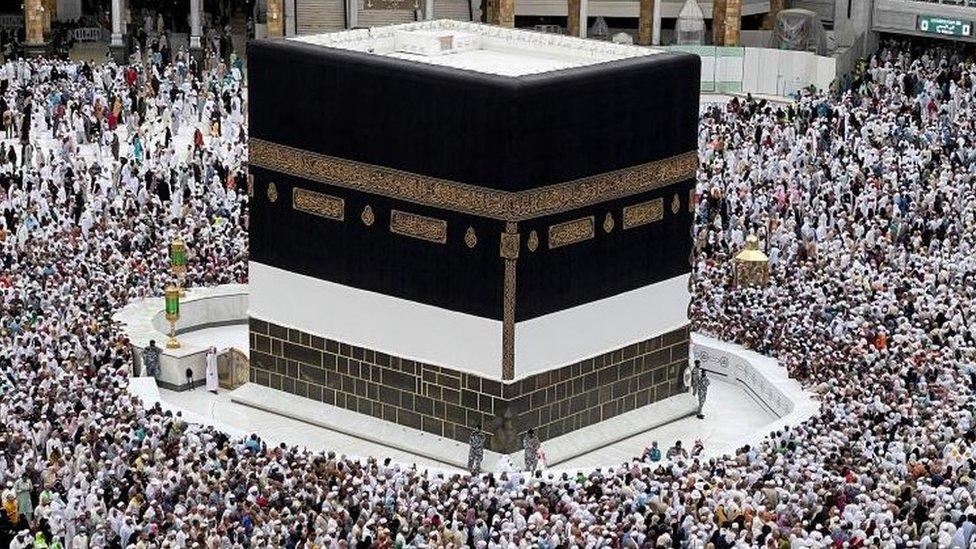
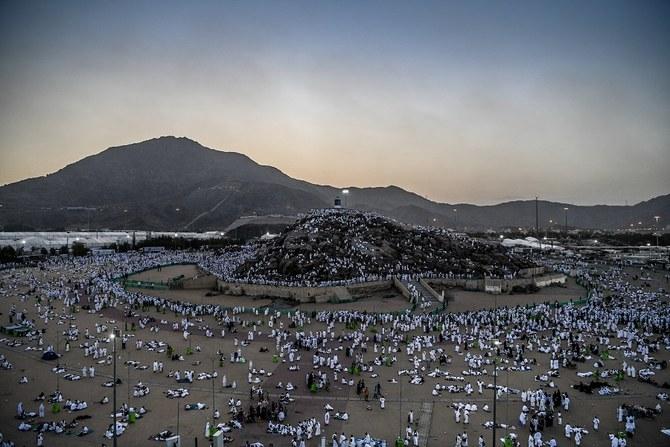
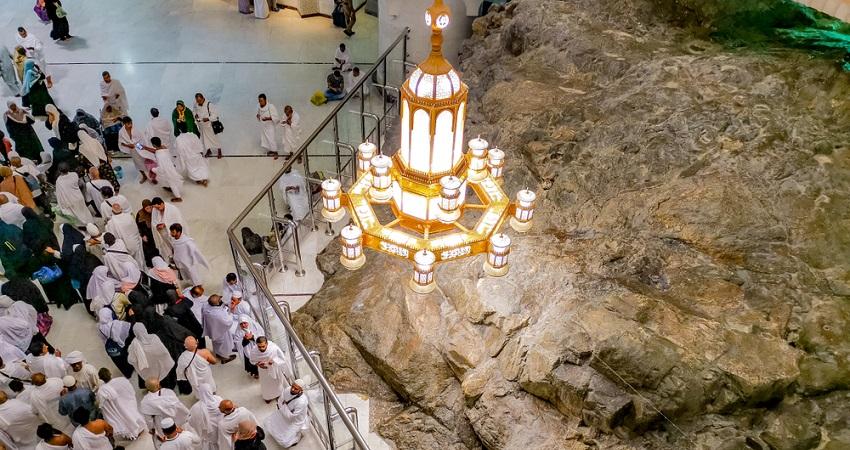

WHAT TO EAT IN MECCA
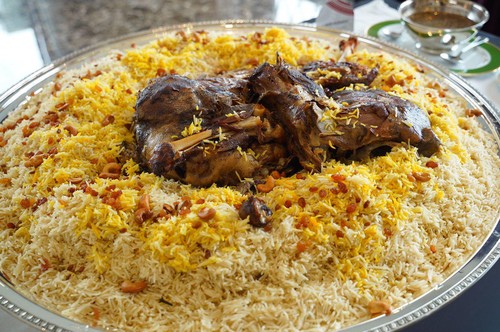
MANDI
Mandi is a traditional Arabian dish that originates from the Arabian Peninsula, particularly popular in Saudi Arabia and Yemen. It consists of meat (usually lamb, goat, or chicken) that is marinated with a mixture of spices such as cinnamon, cloves, cardamom, and black lime, among others. The marinated meat is then slow-cooked in a tandoor (a clay oven), or sometimes in a closed underground pit, allowing the flavors to meld and the meat to become tender. The cooking process infuses the meat with a distinctive smoky aroma and flavor. Mandi is typically served on a bed of fragrant long-grain rice, often flavored with saffron and other spices, and garnished with roasted nuts and raisins. It is a hearty and flavorful dish that is cherished for its aromatic spices and tender, flavorful meat, making it a favorite choice for special occasions and gatherings in the region.
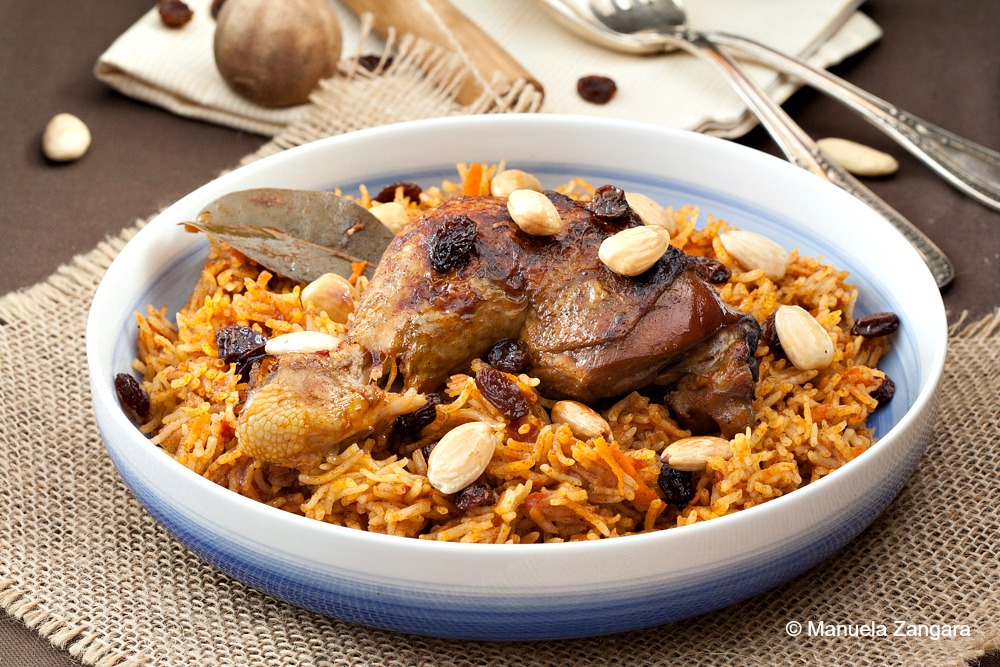
KABSA
Kabsa is a popular traditional dish in Saudi Arabia and other Middle Eastern countries, characterized by its fragrant rice and spiced meat. It typically features long-grain rice cooked with a mix of spices including cardamom, cloves, saffron, cinnamon, and black lime (loomi). The meat used in Kabsa can vary, often being chicken, lamb, beef, or even fish, and it's usually cooked alongside the rice to absorb the flavors of the spices and broth. The dish is often garnished with nuts, raisins, and sometimes boiled eggs, adding richness and texture. Kabsa is enjoyed widely across Saudi Arabia and is often served during family gatherings, celebrations, and special occasions, reflecting the region's culinary traditions and love for aromatic spices.
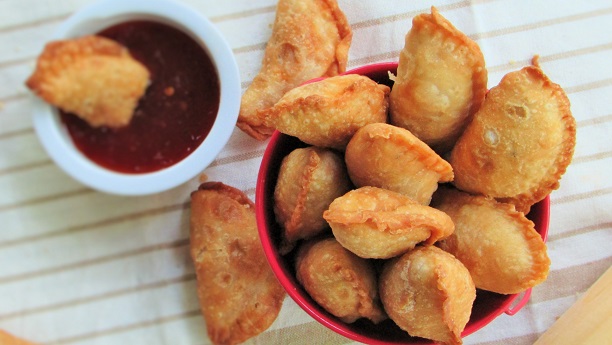
SAMOSAS
Samosas are popular savory pastries that originated in the Indian subcontinent but have become beloved snacks across various countries, including Saudi Arabia and other parts of the Middle East. These triangular-shaped pastries consist of a thin, flaky outer layer made from wheat flour dough, which is filled with a mixture of ingredients such as spiced potatoes, peas, lentils, minced meat (like beef or chicken), or a combination thereof. The filling is seasoned with a blend of spices like cumin, coriander, turmeric, and chili powder, giving samosas their distinctive flavor. They are typically deep-fried until golden and crispy, resulting in a crunchy exterior that contrasts with the flavorful, savory filling inside. Samosas are often served as appetizers, snacks, or street food, enjoyed with chutneys or sauces for dipping, and are a popular choice during festive occasions and gatherings throughout the Middle East and beyond.
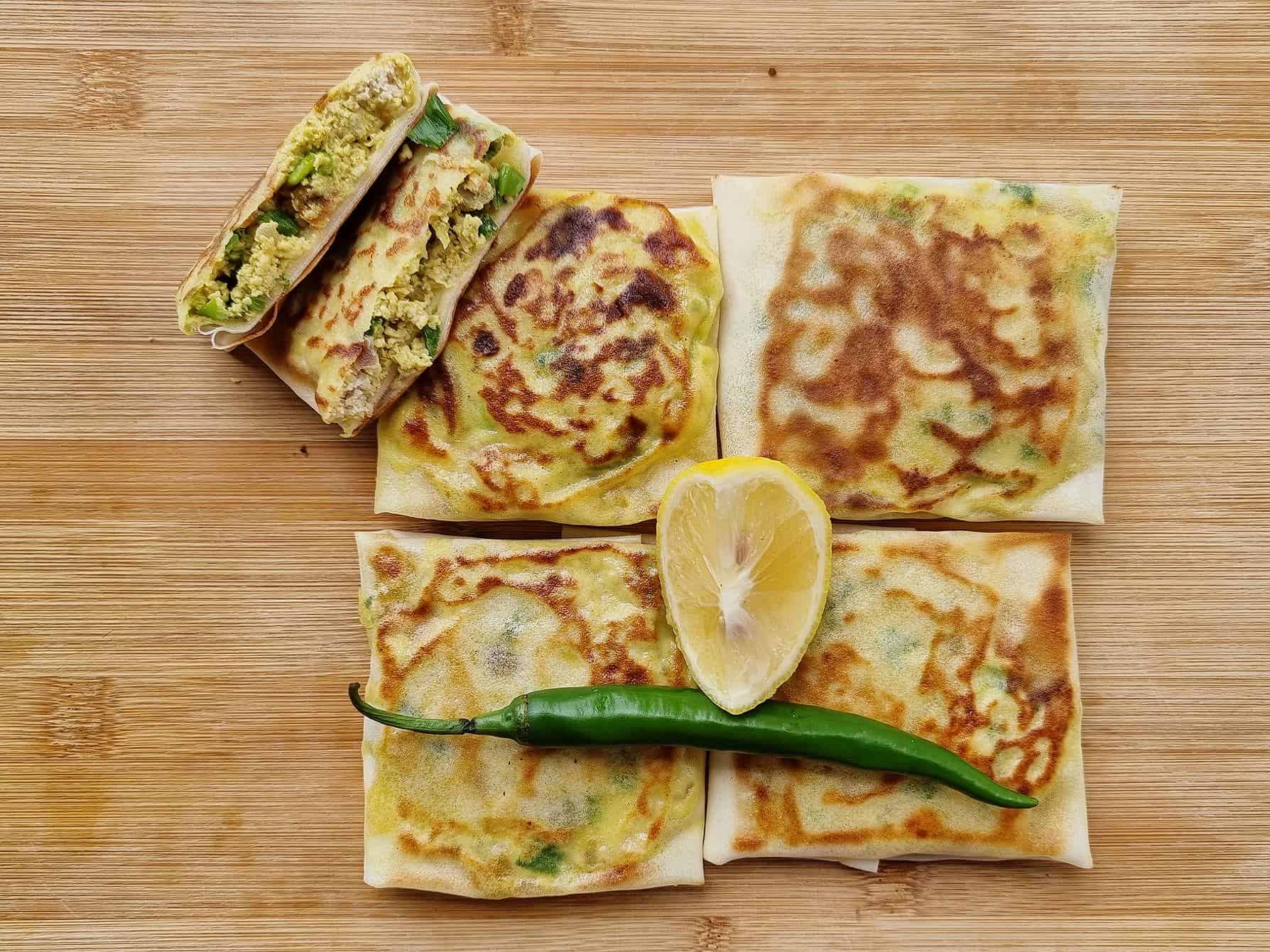
MUTABBAQ
Mutabbaq is a popular savory pastry that hails from the Arabian Peninsula and is enjoyed across Saudi Arabia and other Gulf countries. The name "mutabbaq" translates to "folded" or "layered" in Arabic, which describes its preparation method. It consists of thin layers of dough (similar to filo or puff pastry) that are folded over a spiced filling before being pan-fried or deep-fried until crispy. The filling typically includes a mixture of minced meat (such as beef or chicken), onions, herbs, and spices like cumin and black pepper. Sometimes, mutabbaq can also be filled with vegetables or cheese. The final product is a deliciously crisp pastry with a savory, flavorful interior, often served as a snack or street food alongside sauces or chutneys for dipping.
HOW MANY DAYS SHOULD YOU SPEND IN MECCA?
The duration of a visit to Mecca depends largely on the purpose of the trip and personal preferences. For Muslims performing the Hajj pilgrimage, the minimum stay typically ranges from about 5 to 7 days, encompassing the essential rituals and ceremonies associated with Hajj. This period allows pilgrims to perform Tawaf (circumambulation) around the Kaaba, walk between the hills of Safa and Marwah, and participate in other significant rituals at designated times. For those undertaking the Umrah pilgrimage or visiting for spiritual reasons outside of Hajj season, a stay of 3 to 5 days is often sufficient to perform the Umrah rituals and engage in prayers and reflection within the holy sites. Visitors may also choose to extend their stay to explore the historical and cultural aspects of Mecca and its surroundings. Ultimately, the length of stay in Mecca should be tailored to individual spiritual goals and logistical considerations, ensuring a meaningful and fulfilling experience.
